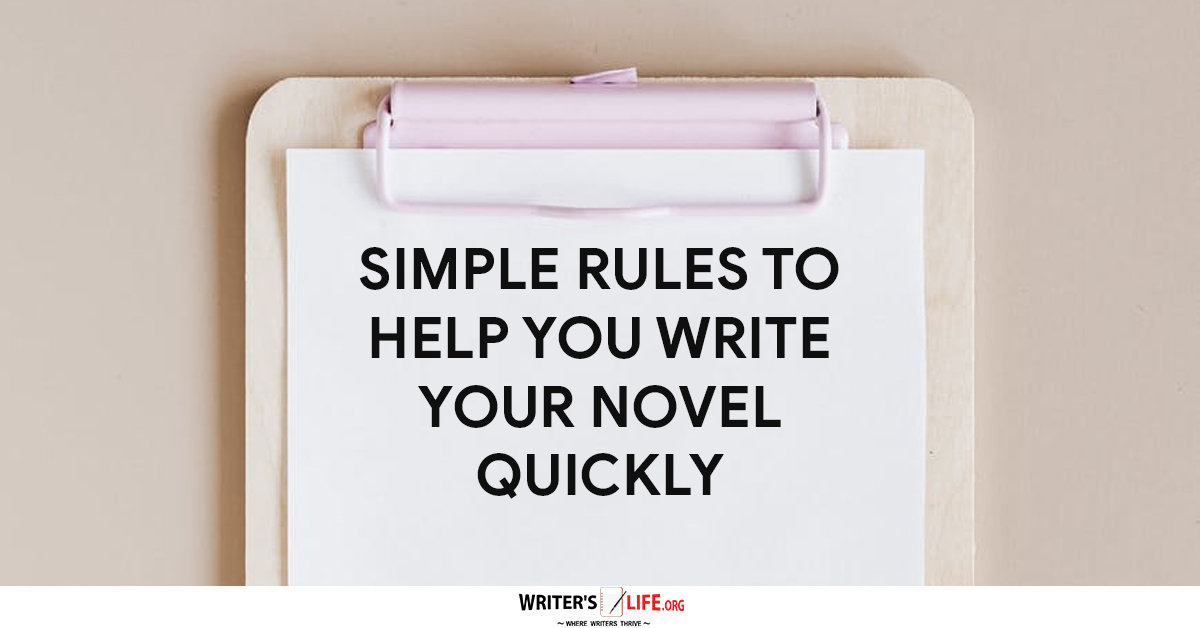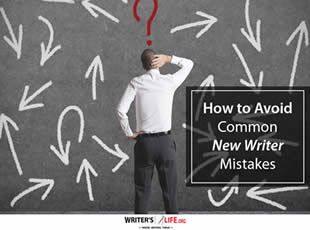- How To Tackle Jealousy In Creative Writing
- Common Submission Mistakes
- How To Stop Your Blog Becoming Boring
- The One Thing Every Successful Writer Has In Common
- How To Make Yourself Aware Of Publishing Scams
- Why Almost ALL Writers Make These Grammar Mistakes At Some Point
- 5 Tips For Authors On How To Deal With Rejection
- Top Mistakes to Avoid When Writing a Novel
- How to Avoid Common New Writer Mistakes
- 10 Mistakes New Fiction Writers Make
How To Construct The Perfect Scene – Each And Every Time!

When writing a novel, there are many important aspects to consider. Having an exciting, fast paced plot, having a cast of characters that are intriguing, relatable, and that your readers care about, and of course, writing in a unique and interesting voice that holds your reader's attention are all important.
All of the above are crucial when it comes to creating a perfect scene, and a collection of scenes are what will come together to form your novel.
When writing a scene it’s so important to think about everything that is going on within it, not just the physical location, but how the characters react to it, and to one another. The author should be showing the reader, through their use of language and detail rather than telling them what they should be seeing, thinking or feeling.
Getting this right, however, is easier said than done! Often authors are so wrapped up in their stories or so fixated on getting the words out that they can overlook awkward sentences, overwritten paragraphs or inconsistencies that jar the reader and take them out of the world the author has created. A reader should never realise that they are reading after all!
So how can authors make sure they are creating fantastic scenes, and are able to identify any problems with their writing that might not sit right with their readers, to get the perfect balance between directing the reader to see what you want them to see, but also giving them the space and freedom to use their imaginations and conjure a picture in their own minds? To do so, when writing scenes, it’s helpful to ask yourself the following questions:
Where is the scene unfolding? What does it look like? What does it feel like? Think about the senses and use them to create a vibrant picture. How much time has passed since the last scene? How is your character feeling?
What is going on and how will your character react? It’s all well and good writing an explosive action scene, but if readers don’t have insight into how your protagonist feels about it, they will be left cold. Make sure your character reacts in an appropriate and believable way. A common mistake is for writers to not give enough thought to the way characters react or have them think, say or do something that is inconsistent with the way they have behaved up until this point.
What is the purpose of this scene? This is perhaps the most important question writers can ask themselves. It may seem daunting to do so, but if you don’t have a clear idea of why you are writing it, and if it doesn’t advance the story in some way or reveal something necessary and important - why bother in the first place?
Does your scene include conflict, tension, action, drama? Each scene could almost be a mini story all of its own. It should have rises and falls, it should have a beginning and an end, it should be packed full of strong, powerful sentences and exciting, descriptive language. It should guide the reader, make them react and inspire them to keep on reading to find out what happens next.
Asking yourself these questions and really thinking carefully about the answers will help you to construct the perfect scene each and every time. If you do you can rest assured your novel has action and excitement on every page, that your characters are interesting and engaging and that your readers will be hooked on every word!

Bethany Cadman -author of 'Doctor Vanilla's Sunflowers'




















